Prices in AUD. Shipping worldwide. Flat rate $8 postage per order within Australia. International by weight calculated at checkout. Read full terms.
-
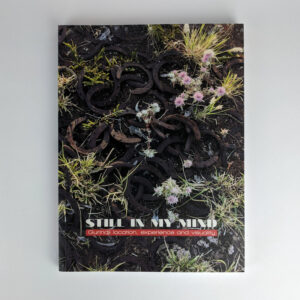
Still In My Mind: Gurindji Location, Experience and Visuality
AU$50.00 Read MoreAdd to cartBrenda L. Croft; Penny Smith; Felicity Meakins
Brisbane: University of Queensland Art Museum, 2017.Foreword by Felicity Fenner and Campbell Gray.
-
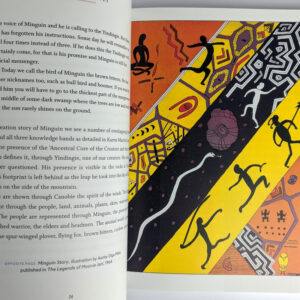
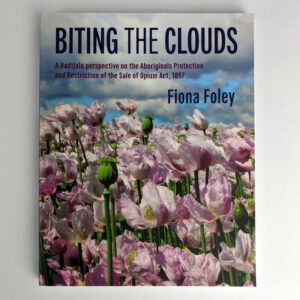
Biting The Clouds: A Badtjala Perspective on the Aboriginals Protection and Restriction of the Sale of Opium Act, 1897
AU$35.00 Read MoreAdd to cartFiona Foley
Brisbane: University of Queensland Press, 2020.“In this groundbreaking work of Indigenous scholarship, nationally renowned visual artist Fiona Foley addresses the inherent silences, errors and injustices from the perspective of her people, the Badtjala of K’gari (Fraser Island). She shines a critical light on the little-known colonial-era practice of paying Indigenous workers in opium and the ‘solution’ of then displacing them to K’gari. Biting the Clouds – a euphemism for being stoned on opium – combines historical, personal and cultural imagery to reclaim the Badtjala story from the colonisation narrative. Full-colour images of Foley’s artwork add further impact to this important examination of Australian history.” (publisher’s blurb)
-
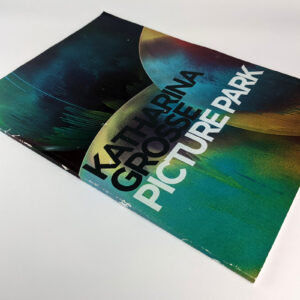
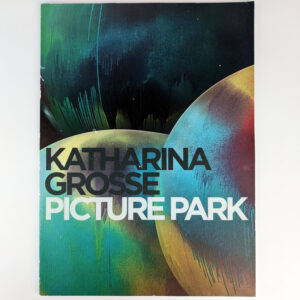
Picture Park
AU$10.00 Read MoreAdd to cartKatharina Grosse
Brisbane: Queensland Art Gallery, 2007. -
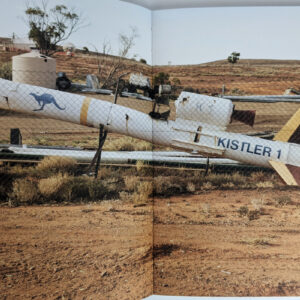

Missile Park
AU$25.00 Read MoreAdd to cartYhonnie Scarce
Brisbane: Institute of Modern Art, 2021.“Yhonnie Scarce: Missile Park is the first survey exhibition of leading contemporary artist Yhonnie Scarce, and brings a major new commission into dialogue with work that spans the past fifteen years of the artist’s career. Scarce’s works in this survey reference the on-going effects of colonisation on Aboriginal people, responding to research into the impact of nuclear testing and the removal and relocation of Aboriginal people from their homelands and the forcible removal of Aboriginal children from their families. Born in Woomera, South Australia in 1973, Scarce belongs to the Kokatha and Nukunu peoples, and family history is central to Scarce’s works in this show. This survey also includes major works that engage with the disciplinary forms of colonial institutions and representation-religion, ethnography, medical science, museology, taxonomy-as well as monumental and memorial forms of public art and remembrance.” (publisher’s blurb)
-


Making Art Work
AU$35.00 Read MoreAdd to cartLlewellyn Millhouse; Liz Nowell; Tulleah Pearce; Sarah Thomson
Brisbane: Institute of Modern Art, 2021.“This publication documents an initiative of the Institute of Modern Art, Making Art Work which proposed an experimental role for the institution as administrators of economic stimulus for artists. Taking place across 2020–during and post [COV..]-19 lockdowns–the project saw over 40 artists commissioned to create new works that reinforced the importance of creative labour at a time when the cultural and economic value of art had been diminished. Drawing from the politicised language of the crisis, each artist responded to the provocations posed by four curatorial pillars; Unprecedented Times, Industrial Actions, Permanent Revolution, and Relief Measures. Artist commissions spanned objects, texts, workshops, ephemeral projects, and more with the outcomes presented via makingart.work, and at the IMA Belltower. This publication complies these artworks alongside new essays from Sophia Nampitjinpa Sambono, Ian Were, Sarah Werkmeister, and Yen-Rong Wong, and a foreword from IMA staff Llewellyn Millhouse, Liz Nowell, Tulleah Pearce, and Sarah Thomson to create a document celebrating Queensland art and artists. Making Art Work commissioned artists included: Tony Albert, Kieron Anderson, Mariam Arcilla, Maeve Baker, Richard Bell, Mia Boe, Hannah Brontë, Michael Candy, Emil Cañita, Jacquie Chlanda, Monika Noémi Correa, Merinda Davies, Julian Day, Digi Youth Arts, ?ggve|n, Ana Paula Estrada, Chantal Fraser, Hannah Gartside, Mindy Gill, Channon Goodwin, Kinly Grey, Daisy Hamlot, Susan Hawkins, Rachael Haynes, Gordon Hookey, Natalya Hughes, Inkahoots, Peter Kozak, Jenna Lee, Mia McAuslan & Jon Tjhia, Amelia McLeish, Archie Moore, Tori-Jay Mordey, Sally Olds, Steven Oliver, Sarah Poulgrain, Refugee Solidarity Meanjin, Angelica Roache-Wilson, Amy Sargeant, Shandy, Jacqui Shelton, Des Skordilis, Hannah Smith, David Spooner, Grant Stevens, Tyza Stewart, and Liesel Zink.” (publisher’s blurb)
-
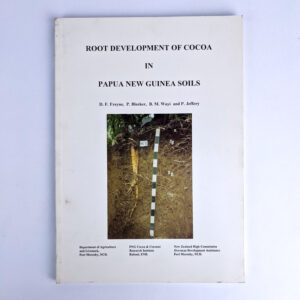
Root Development of Cocoa in Papua New Guinea Soils
AU$80.00 Read MoreAdd to cartD. F. Freyne; P. Bleeker; B. M. Wayi; P. Jeffery
Brisbane: Freyne Consulting, 1996.Technical report of research by the Land Utilisation Section, Department of Agriculture and Livestock. Write up commissioned by the Governments of Papua New Guinea and New Zealand. Scarce, 2 copies in OCLC at July, 2021, at the University of Adelaide and Wageningen University, Netherlands.
-
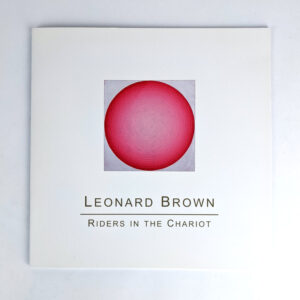
Riders in the Chariot
AU$10.00 Read MoreAdd to cartLeonard Brown
Brisbane: Andrew Baker Art Dealer, 2021. -
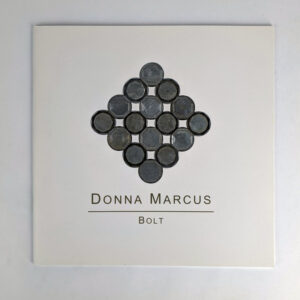
Bolt
AU$10.00 Read MoreAdd to cartDonna Marcus
Brisbane: Andrew Baker Art Dealer, 2017. -
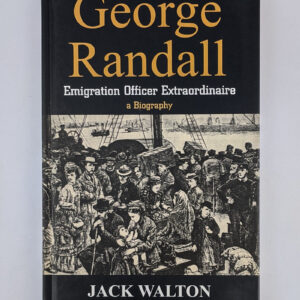
George Randall: Emigration Officer Extraordinaire: A Biography
AU$10.00 Read MoreAdd to cartJack Walton
Brisbane: CopyRight, 2007. -
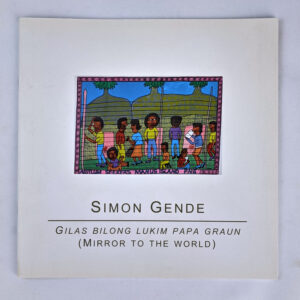
Gilas Bilong Lukim Papa Graun (Mirror to the World)
AU$10.00 Read MoreAdd to cartSimon Gende
Brisbane: Andrew Baker Art Dealer, 2018. -
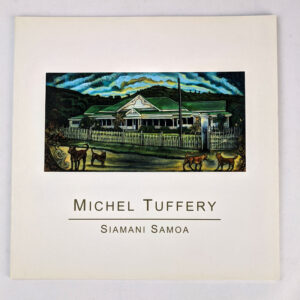
Siamani Samoa
AU$10.00 Read MoreAdd to cartMichel Tuffery
Brisbane: Andrew Baker Art Dealer, 2012.Exhibition catalogue.
-
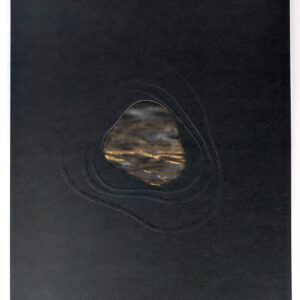
long water: fibre stories
AU$30.00 Read MoreAdd to cartFreja Carmichael
Brisbane: Institute of Modern Art, 2020.“long water: fibre stories illuminates spiritual, ancestral, and physical connections to water through fibre practices of artists from Yuwaalaraay (North West NSW), Quandamooka (Moreton Bay, South East QLD), Kuku Yalanji (Far North QLD), Zenadh Kes (Torres Strait Islands, QLD), Yurruwi (Milingimbi Island, NT), and surrounding homelands. Together this group–Aboriginal and Torres Strait Islander women, spanning different generations and ancestries–share an inseparable relationship to water, be it the vast sea, inland waterways, or expansive river systems. Collectively, long water celebrates the stories of regeneration and continuation of important cultural traditions, and the strong women and vital water places that sustain them. The country, and wide range of environments, practices, and knowledge represented speak to both deep time and contemporary experiences–bringing into focus the importance of water to our cultural health and our capacity for resilience.” (publisher’s blurb)
-

Booze Built Australia
AU$25.00 Read MoreAdd to cartWayne Kelly
Brisbane: Watson Ferguson & Company, 2017.This is the fascinating account of how Australias development was fuelled by alcohol.
-
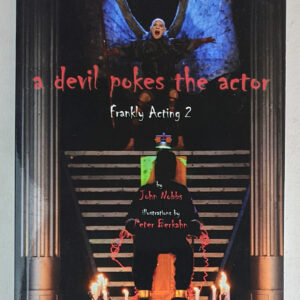
A Devil Pokes The Actor: Frankly Acting 2
AU$30.00 Read MoreAdd to cartJohn Nobbs; Peter Berkahn
Brisbane: Frank Theatre Press, 2010.“This is the second book about actor training by John Nobbs. The first, Frankly Acting, outlined the early development of the Frank Suzuki Performance Aesthetics (FSPA), as a western variant and translation of the classic Suzuki Actor Training Method (SATM). This devil’s logbook is a series of 25 provocations that poke further and deeper into the alchemical triggers and mechanisms that inform the one true actor training system originally devised by Tadashi Suzuki. Interspersed throughout the 25 provocations are revelations by some of the many actors that have used the FSPA to develop their acting spirit. Tadashi Suzuki, the inventor of the SATM, has stated that he believes that the training is not just for the actor’s craft, but that it should be a creative tool for making theatre performances . The FSPA follows on the traces of that purpose, and this book outlines its importance as the creative onestop shop of Ozfrank Theatre Matrix. It includes examples, with colour photographs, that illustrate how Ozfrank director Jacqui Carroll uses the FSPA to impel her productions.” (publisher’s blurb)
-
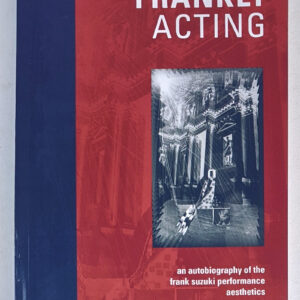
Frankly Acting: An Autobiography of the Frank Suzuki Performance Aesthetics
AU$20.00 Read MoreAdd to cartJohn Nobbs
Brisbane: Frank Theatre Press, 2006.“John Nobbs’ Frankly Acting is the first Australian book espousing a uniquely homegrown theatrical performance theory. As Grotowski did in Poland and Artaud in France, Nobbs has articulated an Australian performance aesthetic which revivifies in a contemporary context the theatrical traditions of its geographic region. With illuminating references to popular culture, his Suzuki-inspired method is based on rigorous theatrical discipline, but with an ever-present and distinctively Australian sense of humour. Frankly Acting grounds its theory in the artistic heritage of the Asia-Pacific, with a theatrical resonance which is universal.” (Martin Buzacott)
-
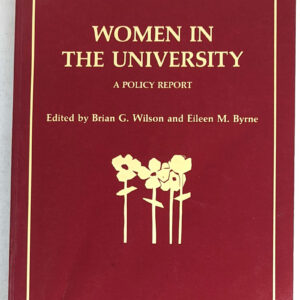
Women In The University: A Policy Report
AU$10.00 Read MoreAdd to cartBrian G. Wilson; Eileen M. Byrne
Brisbane: University of Queensland Press, 1987.Report of the University of Queensland Senate Working Party on the Status of Women.
-
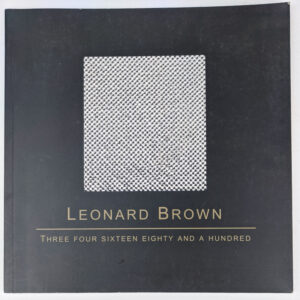
Three Four Sixteen Eighty and a Hundred
AU$10.00 Read MoreAdd to cartLeonard Brown
Brisbane: Andrew Baker Art Dealer, 2008.Exhibition catalogue.
-

Hospital Ships
AU$30.00 Read MoreAdd to cartRupert Goodman
Brisbane: Boolarong Press, 2016.Foreword by B. T. Treloar, AO, Rear Admiral RAN (Rtd).
-

The Bird Man of Brisbane: Silvester Diggles and his Ornithology of Australia
AU$30.00 Read MoreAdd to cartLouis J. Pigott
Brisbane: Boolarong Press, 2010.“When Silvester Diggles arrived in 1855 there was little artistic or scientific talent in the small frontier town of Brisbane. By the time of his death in 1880, his paramount legacy was a large book on Australian birds, profusely illustrated with hand-coloured lithographs. Acting as his own publisher from 1865 onwards, Diggles produced the first substantial zoological work to commence publication in Australia. The compilation and content of this rare work of art and natural history is examined here in the light of Diggles’ life and times, as well as his ornithological predecessors and contemporaries. So too is his role in establishing the first scientific society and museum in Queensland. Also presented in this lavishly illustrated publication are colour plates from his bird book, and some of his original bird paintings for the first time.” (publisher’s blurb)
-
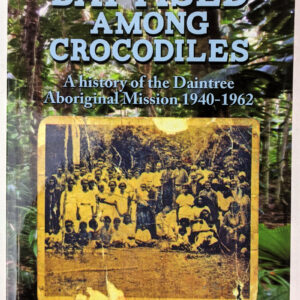
Baptised Among Crocodiles: A History of the Daintree Aboriginal Mission, 1940-1962
AU$30.00 Read MoreAdd to cartRussell Guy
Brisbane: Boolarong Press, 2015.“Sometime around 1930, an Irish pentecostal missionary, Isobella Hetherington arrived at Mossman in Far North Queensland. She was accompanied by an Aboriginal woman named Nellie who was a talented vocalist. Together they began ministering to the Kuku Yulanji Aboriginal people who had been forced to gather in small groups throughout the Daintree Rainforest. Ten years later, a Mission was built on land purchased by the Assembly of God (Qld) beside the Daintree River and 50 to 70 people moved there. For the next 20 years, they grew bananas and pineapples, built homes and struggled with a government policy that controlled most aspects of their lives. This is the story of how, in a rapidly changing world, the Kuku Yulanji and the Missionaries sought to understand each other at a time before Reconciliation became a national objective.” (publisher’s blurb)
